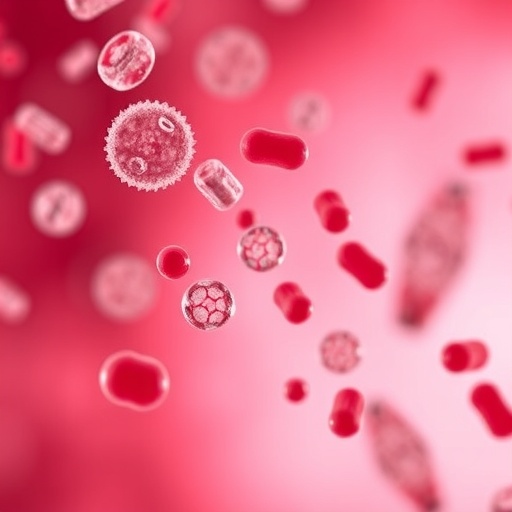Ever wondered what makes the collective behaviour in insect swarms possible? Andy Reynolds from Rothamsted Research, UK, and colleagues at Stanford University, California, USA, modelled the effect of the attraction force, which resembles Newton's gravity force, acting towards the centre of a midge swarm to give cohesion to their group movement. In a recent study published in EPJ E, their model reveals that the gravity-like attraction towards the heart of the swarm increases with an individual's flight speed. The authors confirmed the existence of such an attractive force with experimental data.
Reynolds and colleagues chose to focus on insect swarms, rather than bird flocks or fish shoals, because interactions between neighbouring individuals appear not to play a key role. This makes insect swarms easier to model. Instead of building a model describing the microscale movement of individuals and confronting it with experimental data, the authors built a model of swarm behaviour that is consistent with experimental observations, in terms of swarm density, of individual midges' speed and acceleration. The model also reflects previous findings that the gravity-like force increases with distance from the centre.
Previous studies pointed to midges interacting primarily via long-range acoustic sensing. Speed-dependent forces are very unusual, but they make biological sense because acoustic and visual interactions between midges–which are the basis of their adaptive movement–are very similar to gravitational interactions.
The new study brings to mind the notion of speed-dependent gravity developed by the XIXth century German physicist Paul Gerber. Einstein dismissed it as "completely useless", but the new study shows that midge swarms effectively behave like self-gravitating systems that are bound together by speed-dependent forces. It seems that cosmologists are not alone in their search for new models of gravity. Such models are now needed much closer to home.
###
Reference: Are midge swarms bound together by an effective velocity-dependent gravity? A. M. Reynolds, M. Sinhuber and N. T. Ouellette (2017), Eur. Phys. J. E 40: 46, DOI 10.1140/epje/i2017-11531-7
Media Contact
Sabine Lehr
[email protected]
49-622-148-78336
@SpringerNature
http://www.springer.com
############
Story Source: Materials provided by Scienmag




